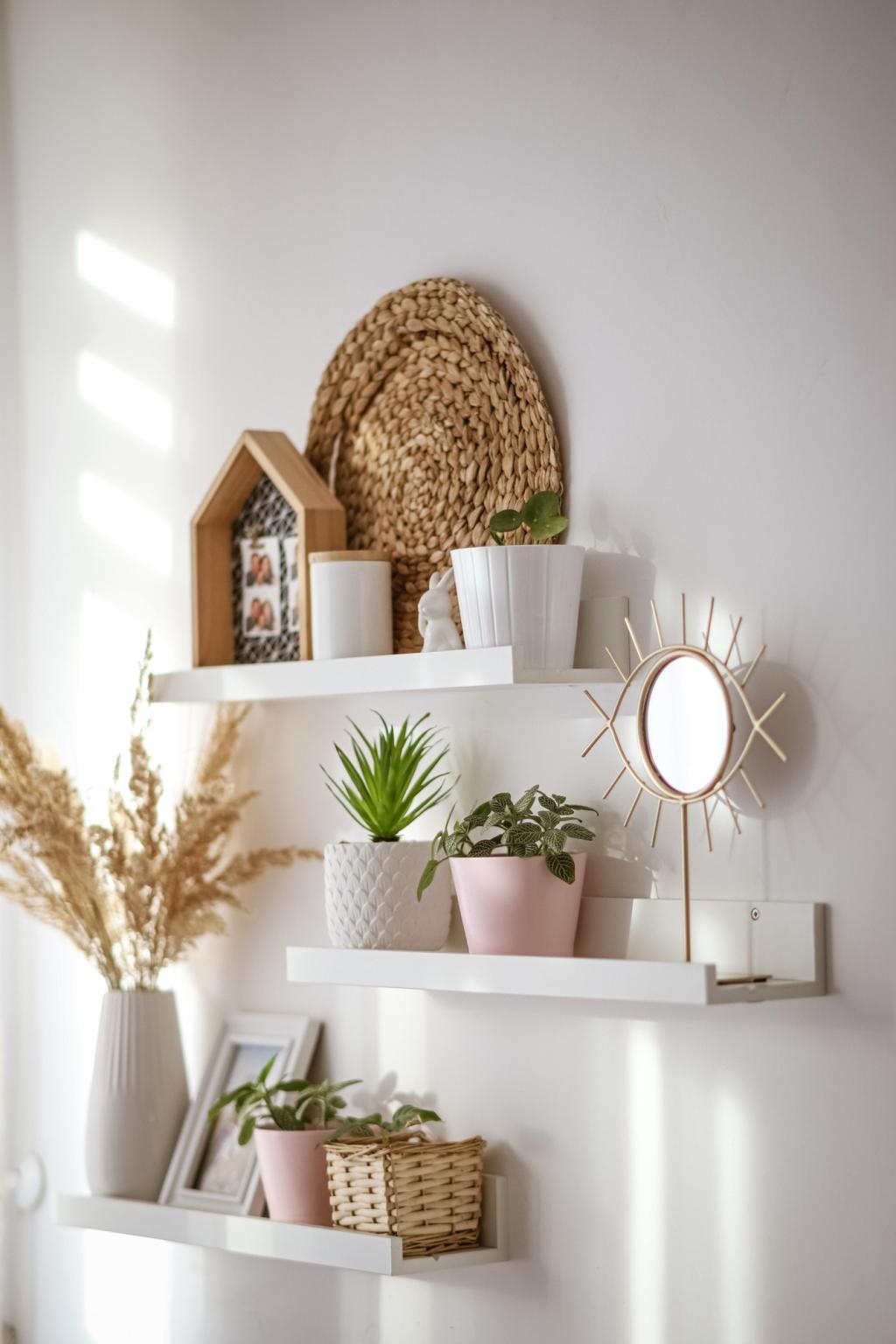
Live Beautifully with Biodegradable Textiles for Home Decor
Chosen theme: Biodegradable Textiles for Home Decor. Step into a home that feels as good as it looks—where every fabric choice supports the planet, tells a story, and inspires mindful living. Join our community for tips, inspiration, and planet-positive design ideas.
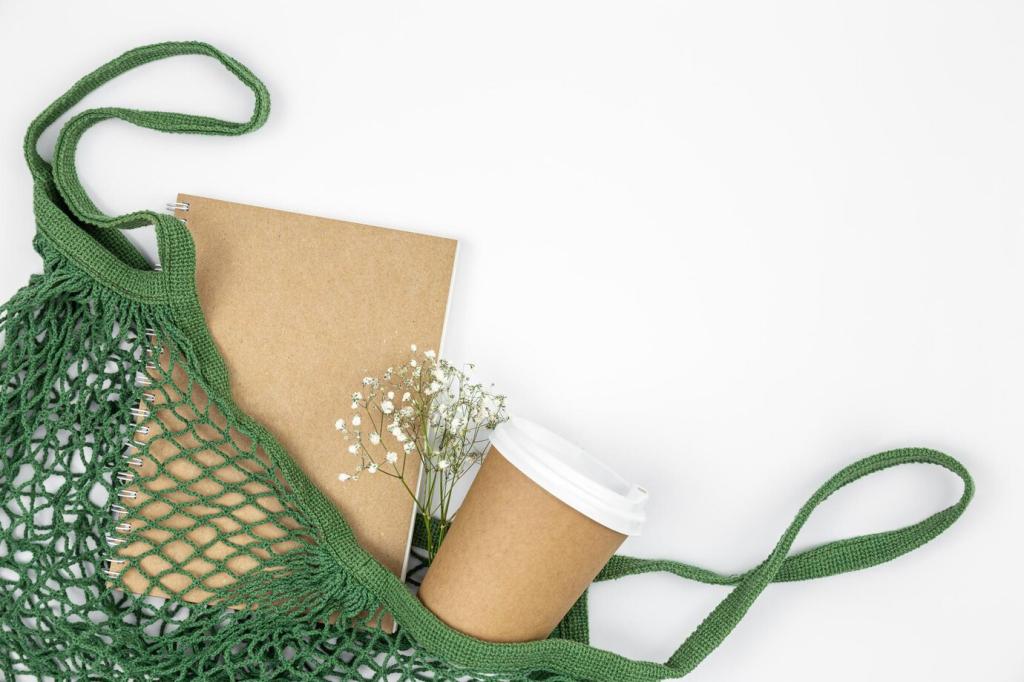
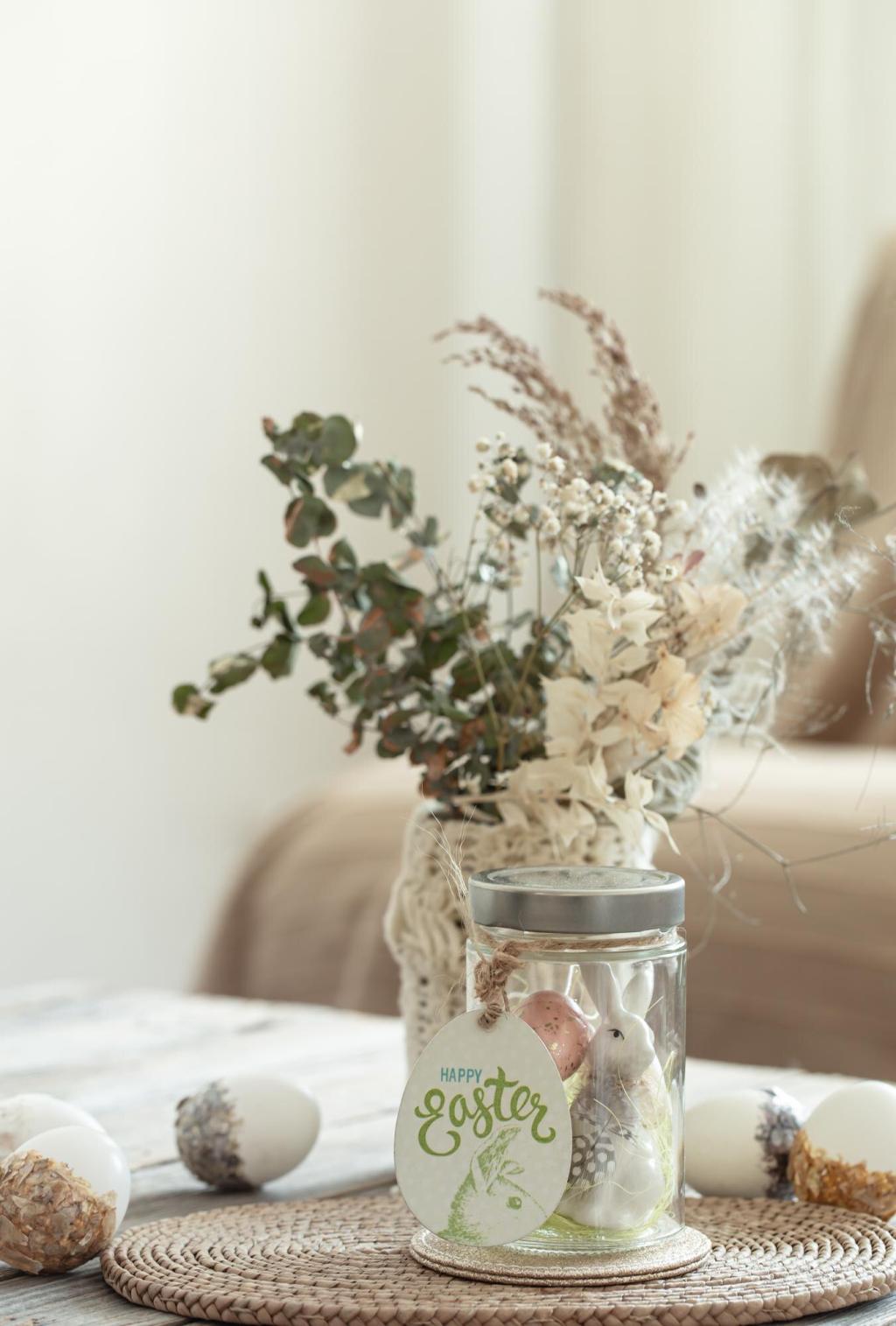
What Makes a Textile Truly Biodegradable
Biodegradable textiles break down through microbial activity into natural elements like carbon dioxide, water, and biomass. Natural fibers—linen, hemp, cotton, wool—excel, but finishes matter. Avoid synthetic coatings, waterproofing chemistries, and plastic backings that block microbial access and slow decomposition.
What Makes a Textile Truly Biodegradable
A curtain can be pure linen yet stitched with polyester thread, taped with acrylic backing, and finished with resin. Each hidden component influences end-of-life. Choose natural threads, minimal interlinings, and removable labels to keep decor truly biodegradable and easier to disassemble.
Material Guide: Beautiful, Biodegradable Fabrics for Every Room
Linen and Hemp for Breezy Curtains and Throws
Linen and hemp drape with quiet elegance, resist odors, and soften with every wash. They require fewer inputs than conventional cotton and bring breathable comfort to living rooms and bedrooms. Share your window view with us—what linen or hemp textures brighten your mornings?
Jute and Sisal for Natural, Grounding Rugs
Jute and sisal offer earthy texture, neutral hues, and impressive durability underfoot. Look for latex backings made from natural rubber rather than synthetic glues. Rotate regularly to prevent fading, and vacuum gently to keep fibers intact for long-term, biodegradable performance.
Lyocell and Modal for Silky, Plant-Based Softness
Lyocell and modal, made via responsible closed-loop processes, deliver smooth hand-feel and elegant drape. Ideal for duvet covers and pillow shams, they breathe well and resist wrinkles. Verify certifications and ask about trims to ensure every detail aligns with biodegradable goals.
Styling Your Home with Biodegradable Textiles
Living Room Layers that Invite Conversation
Try a hemp-linen curtain duo, jute rug, and wool throw layered across a reclaimed-wood bench. A reader told us guests always ask about her airy hemp sheers—and then stay longer, drawn by the calming, natural ambiance. Post your living room layers below.
Bedrooms that Breathe and Soothe
Choose undyed linen bedding, a quilt with cotton batting, and wool bouclé cushions. Natural fibers regulate temperature, helping hot sleepers rest deeply. Add a flax-based blackout lining without plastic foam. Tag your serene setup on social—our favorite calming bedrooms get featured monthly.
Kitchens and Dining with Quiet Character
Swap paper towels for hemp-cotton cloths, use washable linen napkins, and place jute runners along high-traffic counters. One family wrote that linen napkins turned weeknight meals into small celebrations, reducing waste and adding ritual. What biodegradable swap upgraded your routine?
Care, Durability, and the Beauty of Repair
Use mild detergents, cool water, and mesh bags for delicate weaves. Air-dry flat when possible; brief sunlight freshens linen and hemp, but avoid prolonged exposure to preserve color. Share your wash-day rituals—community tips keep textiles beautiful and biodegradable for years.
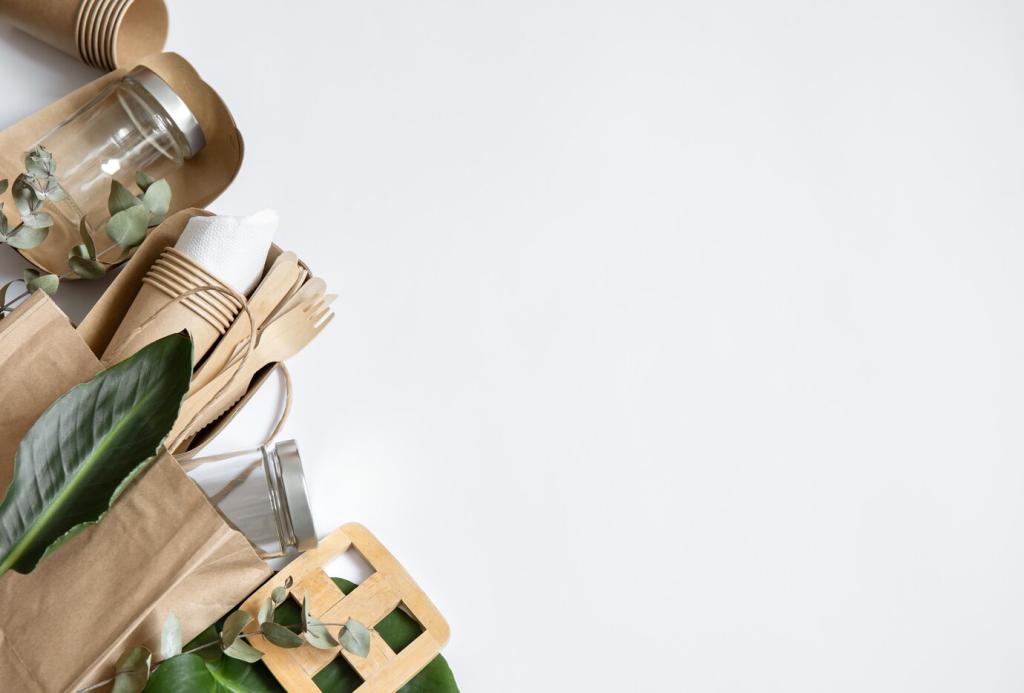
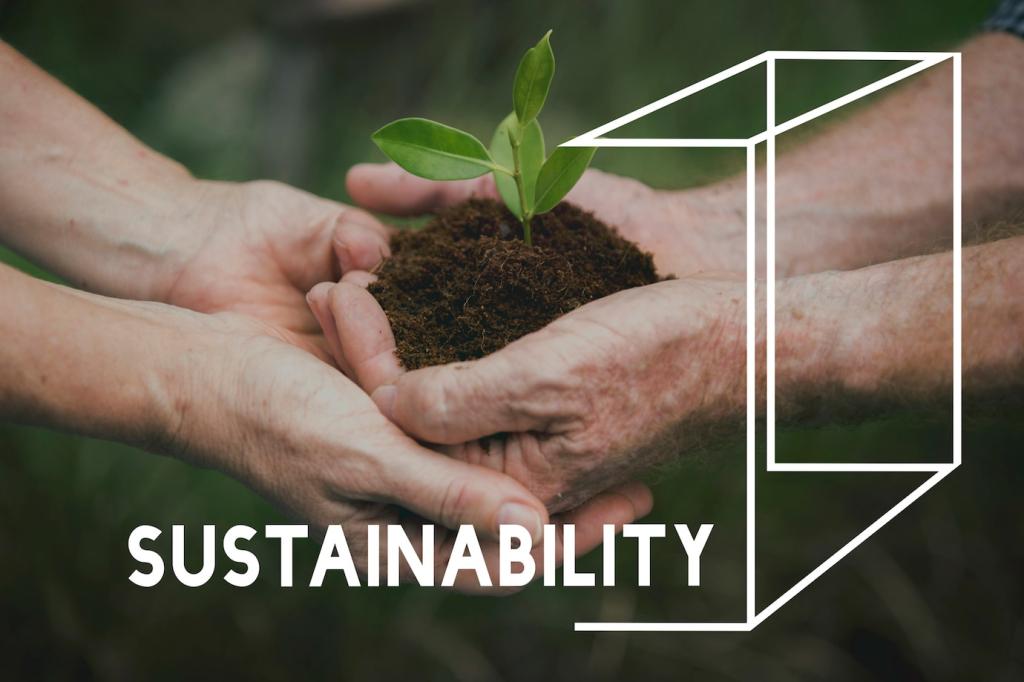
Care, Durability, and the Beauty of Repair
Visible mending—kantha stitching, sashiko, creative darning—turns frays into art. A reader repaired a favorite linen tablecloth after a birthday spill, leaving a starburst stitch that now anchors family memories. Post your repairs; we cheer on every stitched victory.
End-of-Life: Reuse, Compost, or Recycle Responsibly
Disassembly: A Small Habit with Big Impact
Before disposal, remove zippers, buttons, elastic, synthetic threads, and plastic backings. Cut textiles into smaller pieces to increase surface area for microbes. Label bins for natural fibers at home so family members remember what can be composted or repurposed creatively.
Home vs. Industrial Composting
Untreated linen, hemp, cotton, jute, and wool can compost at home if shredded and mixed with browns and greens. Some bioplastics and PLA blends require industrial conditions. Always check local facilities and certifications. Share your compost wins or hurdles—we learn together.
Upcycling Before Composting
Extend life with quick projects: napkins from worn sheets, braided doorstops from jute rug remnants, lavender sachets from linen scraps. A subscriber turned a stained runner into cafe curtains, saving money and resources. Tell us your clever transformations for a chance to inspire others.
Low-VOC Living Starts with Fabric Choices
Many synthetic finishes off-gas volatile compounds. Choosing untreated natural fibers reduces VOC loads, especially in bedrooms and nurseries. Seek water-based finishes when necessary and ventilate new pieces. Subscribe for our seasonal checklist to keep your indoor air fresher and kinder.
Allergy-Aware Textiles and Dust Control
Tightly woven cotton or linen covers help reduce dust mite reservoirs. Wash regularly at appropriate temperatures and sun-dry periodically. If sensitive to wool, opt for plant fibers against skin while keeping wool in rugs or throws. Share your comfort strategies and product wins.
Thermal and Acoustic Comfort Naturally
Dense wool felts and thick hemp curtains dampen echo and draft. Layering textiles stabilizes room temperatures, reducing heating and cooling spikes. One apartment dweller reported quieter evenings after adding jute runners to a hallway. What acoustic tweaks worked in your space?
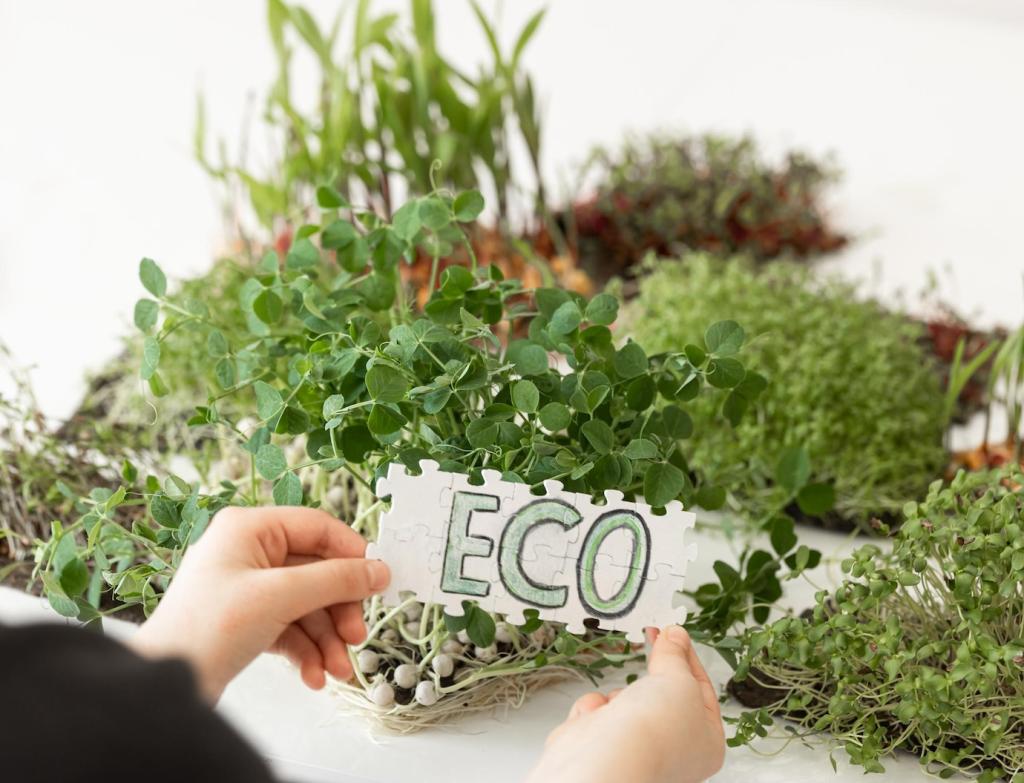
Labels that Actually Mean Something
Look for GOTS for organic fibers and responsible processing, OEKO-TEX for safety testing, and Cradle to Cradle for circular design. For compostability claims, check BPI or equivalent. Be cautious of vague “eco” language—ask for documentation and fiber percentages by component.
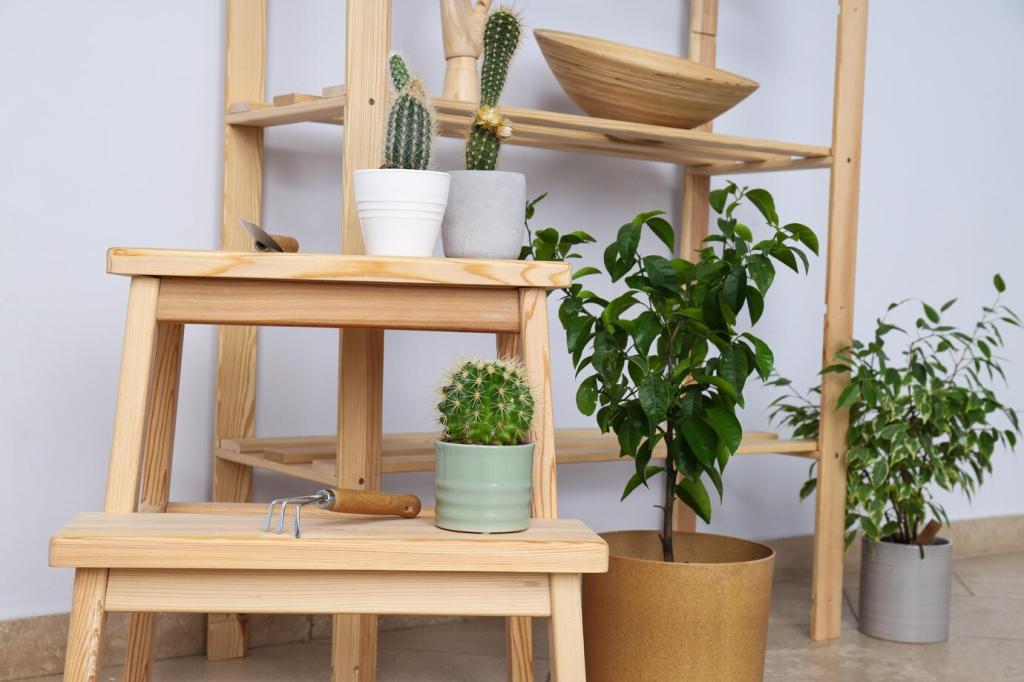
Traceability and Local Craft
Sourcing from regional mills and artisans reduces transport impacts and keeps skills alive. A small workshop in our community weaves hemp runners with flax trims, fully biodegradable and repairable. Know a maker? Nominate them; we love spotlighting transparent, values-driven decor.
